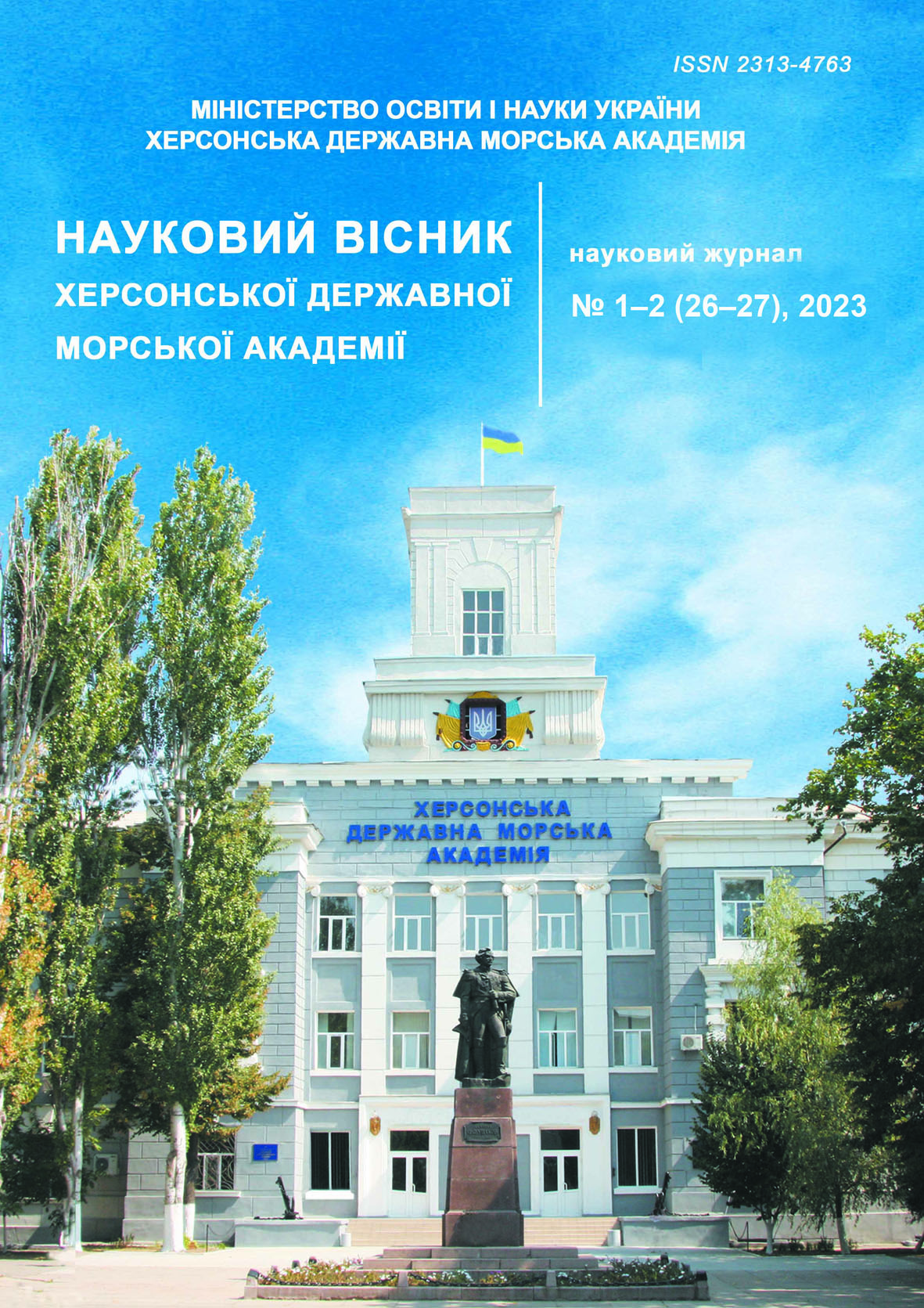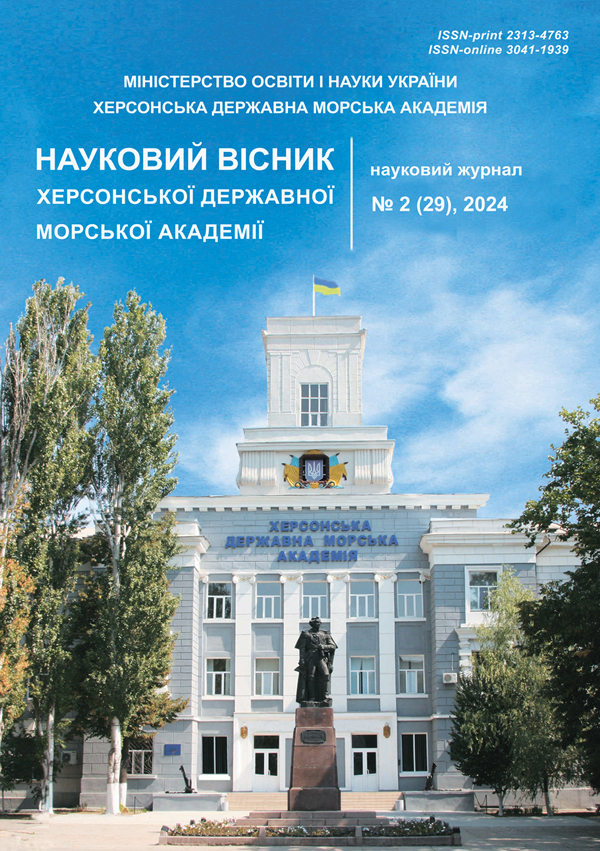THE MODEL FOR CALCULATING TRANSPORTATION MODE CHOICES BASED ON AFFORDABILITY CRITERIA
https://doi.org/10.33815/2313-4763.2024.2.29.178-186
Abstract
Abstract. The article investigates the issue of the population’s choice of a rational mode of transportation in cities based on parameters such as affordability, travel time and the psychological assessment of expenses. In modern urban development, population mobility significantly impacts socio-economic and spatial development levels. Thus, it can be stated that urban development and mobility are interrelated processes. To meet their mobility needs, urban population can use three main modes of transportation: walking, public transport and personal vehicle. Each this mode of transportation has several advantages and disadvantages. Walking incurs no transportation expenses but requires well-developed and high-quality infrastructure. Public transport is the primary mode of transportation for the population in cities. However, using public transport requires both time and monetary expenses. In addition to having access to infrastructure, the population must travel to the stop, wait for the vehicle to arrive for boarding, commute to their destination and pay the fare. Using a personal vehicle also involves various time and monetary expenses. In this case, there is also a need to walk to the vehicle and commute to the destination. However, unlike the two previous modes of transportation, using a personal vehicle involves significantly higher costs related to its purchase and maintenance. Considering the above-mentioned, it can be stated that employing the proposed approach to assessing the population choice of a rational mode of transportation by accounting for the features of each mobility type will enhance the accuracy of evaluating transport behaviour. This is achieved through a comprehensive consideration of parameters such as affordability, travel time, and the psychological assessment of expenses.
References
Ponkratov, D. P. (2020). Formalizatsiia vzaiemozviazku mizh pokaznykamy rivnia zapovnennia miskykh pasazhyrskykh transportnykh zasobiv. Komunalne hospodarstvo mist. Vyp. 152. S. 196–203.
Bruun, E. C. (2013). Better public transit systems. Analyzing investments and performance. London : Routledge. 400 P.
Lubyanyi, P. V., Voytovic, O. A., Kuzmenko, І. О. (2023). Dostupnist pasazhyrskoho transportu dlia naselennia z ohliadu formuvannia taryfu. Naukovyi visnyk Khersonskoi derzhavnoi morskoi akademii. Vyp. 1–2 (26–27). S. 107–120.
Daraio, C., Diana, M., Di Costa, F., Leporelli, C., Matteucci, G., Nastasi, A. (2016). Efficiency and effectiveness in the urban public transport sector: A critical review with directions for future research. European Journal of Operational Research. 2016. Vol. 248. Р. 1–20.
Lubyanyi, P. V., Voytovic, O. A., Lubyanaya, N. P. (2021). A mathematical model for determining the rational version of a passenger route network// Methods and tools for analyzing and forecasting the market situation to ensure the sustainability of business entities: monography / with gen. ed. by Shandova N. V. – Kherson: OLDI–PLUS, 2021. – P. 160–178.
Banister, D. (2001). Transport planning. Handbook of transport systems. London : SPON PRESS. Р. 9–19.
Zvit pro naukovo-doslidnu robotu (2021). «Obstezhennia pasazhyropotokiv na miskykh avtobusnykh ta troleibusnykh marshrutakh zahalnoho korystuvannia v m. Kherson»; KhNTU dohovir vid 23.07.2021 р. № 148–51 S.
Lubyanyi, P. V., Antonyak, P. О. (2023). Formuvannia ratsionalnoi skhemy oplaty za nadannia posluh po perevezenniu pasazhyriv v mistakh. Synerhiia nauky i biznesu u povoiennomu vidnovlenni Khersonshchyny. Vyp. 1. S. 302–306.
Makarenko, V. D., Lubyanyi, P. V., Voytovic, O. A. (2023). Yakist pasazhyrskykh transportnykh posluh na osnovi nefinansovykh pokaznykiv. VISNYK KhNTU. Vyp. 1(84). S. 48–55.
Black, A. (1995). Urban mass transportation planning. McGraw–Hill College. 448 P.
Ponkratov, D., Gyulyev, N., Voronko, V., Ostashevskyi, S., Psol., Bugayov, I. (2020). Development of models for assessing a driver’s failure free operation in a transportation system under conditions of traffic congestion. Eastern-European Journal of Enterprise Technologies. Vol. 3. P. 24–38. URL: https://www.scopus.com/inward/record.uri?eid=2-s2.05081979671&doi=10. 15587%2f1729-4061.2020.194449&partnerID=40&md5=ea68bf4fa8fcbeca31192ace21825a82 (data zvernen nia: 01.08.2024).
Morfoulaki, M., Tyrinopoulos, Y., Aifadopoulou, G. (2010). Estimation of satisfied customers in public transport systems: a new methodological approach. Journal of the Transportation Research. Vol. 46. Р. 63–72.
Ponkratov, D., Davidich, Y., Kopytkov, D., Samchuk, G., Kush, Y. (2023). Public Transit Crowding Estimation Indicators: Comparative Analysis, Conditions of Application, Interaction. International Conference on Smart Technologies in Urban Engineering. Lecture Notes in Networks and Systems. 2023. Vol. 536. P. 764–774. URL: https://www.scopus.com/record/display.uri?eid=2-s2.0-85144237140&origin=resultslist&sort=plf-f&src=s&st1=Public+tran sit+crowding+estimation+indicators%3a+comparative+analysis%2c+conditions+of+application%2 c+interaction&sid=b551781d5d7484e385b7c420598edf04&sot=b&sdt=b&sl=122&s=TITLE-ABS-KEY%28Public+transit+crowding+estimation+indicators%3a+comparative+analysis%2c+conditions+of+ application%2c+interaction %29&relpos=0&citeCnt=0&searchTerm (data zvernennia: 03.08.2024).
Horbachov, P., Makarichev, O., Svichynskyi, S., Ivanov, I. (2022). Framework for designing sample travel surveys for transport demand modelling in cities. Transportation. Vol. 49(1). P. 115–136. URL: https://link.springer.com/article/10.1007/s11116-021-10168-6 (дата звернення: 03.08.2024).
Oliinyk, N. M., Makarenko, S. M. (2021). Osoblyvosti vykorystannia metodiv biznes-analizu shchodo zabezpechennia ekonomichnoi stiikosti ta staloho rozvytku pidpryiemstva// Metody ta instrumenty analizu i prohnozuvannia rynkovoi sytuatsii v zabezpechenni stiikosti subiektiv hospodariuvannia: monohrafiia / za zah. red. N. V. Shandovoi. – Kherson: OLDI– PLIUS. – S. 134–147.






